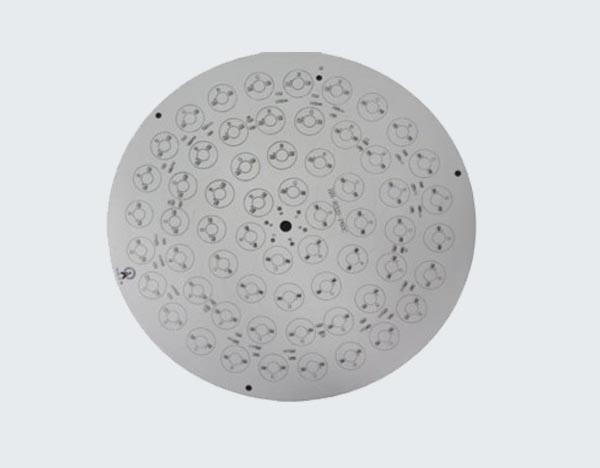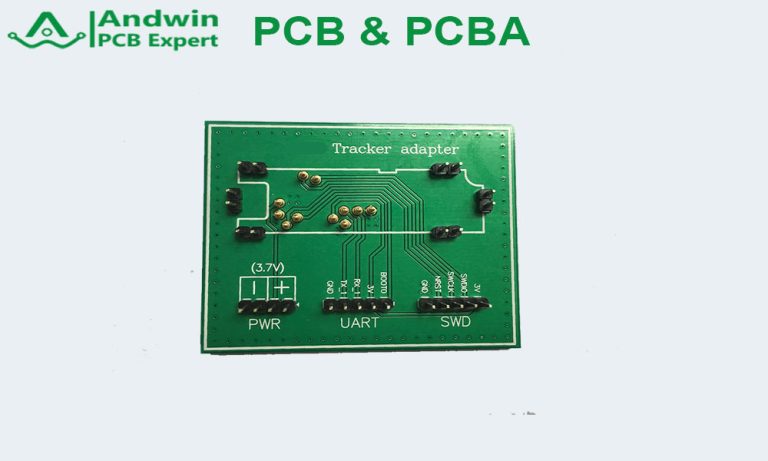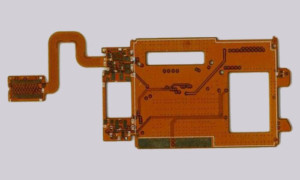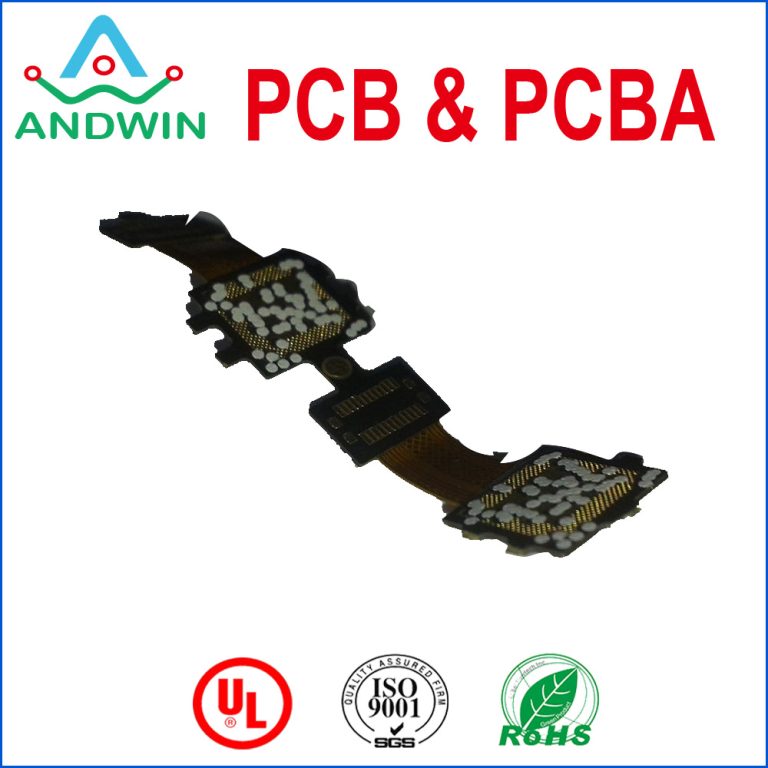(SMT) Surface-Mount Technology
SMT vs SMD
SMT and SMD are frequently misunderstood and used simultaneously. Indeed, any technology and its actual components can be deeply entwined, creating confusion. Such is the case of SMT and SMD. This is why knowing the difference between an SMT assembly and individual SMD components is important.
In a simpler vein, SMT is the process in the technology, while SMD is the device involved in the technology. SMT is the technology that uses the method of directly placing and soldering electronic components on a PCB. These components are also sometimes called surface mount devices or SMDs.
They are designed to be mounted on a printed circuit board (PCB).
SMDs make for devices produced faster, with more flexibility and less cost, without sacrificing functionality.
They promise more functionality because smaller components allow for more circuits on small board space. This miniaturization is the major feature of SMD.
Both SMT and SMD work together to provide users with faster, more energy-efficient, and more dependable PCBs.
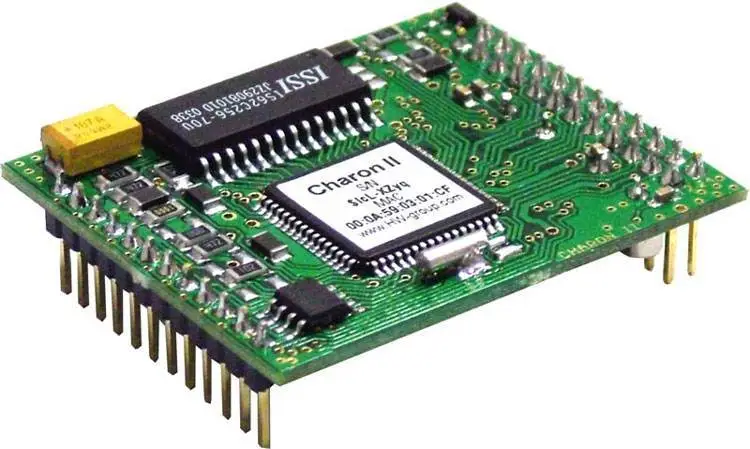
SMT has proven beneficial including these:
Allows for smaller components
SMT process encourages increased automation
Maximum flexibility in building PCBs
Improved reliability and performance
Reduced manual intervention for component placement
Smaller, lighter boards
Ease of PCB assembly, using both sides of the board without the hole limitations that exist in the conventional method
Can co-exist with through-hole components, even on the same board
Increased density i.e more SMD components in the same space, or the same number of components in a much smaller frame
Low Cost of materials
Simplifies the production process and reduces the production cost.
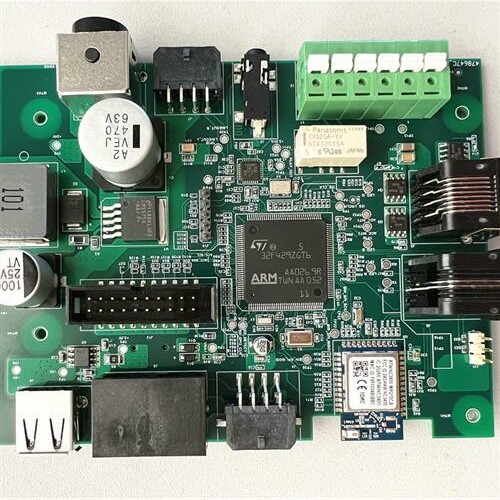
Conversely, disadvantages of SMT to electronic manufacturing include:
Small volume
Easily broken due to fragility
High requirements for soldering technology
Components can be easily dropped or damaged when installed.
It is not easy to use visual inspection, which is difficult to test.
Miniaturization and numerous solder joint types complicate the process and inspection.
Large investment in equipment such as the SMT machine
Technical complexity requires high training and learning costs.
Rapid development requires continuous follow-up.




